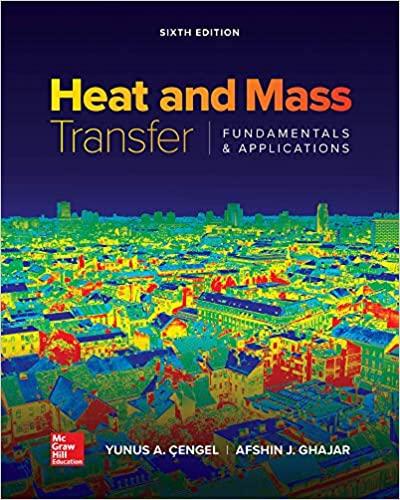Question
431 14.8 . Complex V outer surface of the membrane. This domain contains a redox center of copper (CuA) formed by two copper atoms. These
431 14.8 . Complex V outer surface of the membrane. This domain contains a redox center of copper (CuA) formed by two copper atoms. These two copper atoms share electrons and form a mixed valence state. The outer domain of the II subunit is the site where cytochrome c binds to cytochrome c oxidase. The III subunit has seven transmembrane helices and is completely embedded in it. In subunit III there are no redox centers, and it can be artificially removed without losing catalytic activity. Its role in vivo is to stabilize subunits I and II. and help protect redox centers against improper oxidation-reduction reactions. Figure 14.13 shows the sequence of electron transfers in complex IV. Cytochrome e binds to subband II and transfers an electron to the Cu site. The pair of copper atoms at that site can accept and tame one electron at a time, much like an Fe-S group. The complete reduction of O requires four electrons. Thus, four cytochrome e molecules must unite and transfer, one after another, a single electron, each to the CuA redex center. The electrons are transferred one after another from the Cua site to the heme a prosthetic group in the L subunit. are transferred to the heme ay-Cup binuclear center. The two heme groups la and az) have identical structures, but differ in their standard reduction potentials due to the local microenvironment formed by the surrounding amino acid side chains in the L subunit. Electrons can accumulate in the binaclear center when heme iron alternates between the Fe, FeO, and Fel states, and the copper atom changes from Cu to Cu. The detailed mechanism of molecular oxygen reduction in the nuclear center is under active investigation in several laboratories. The first step consists of the rapid decomposition of molecular oxygen. One oxygen atom bonds to the iron atom of the z-heme group and the other bonds to the copper atom. The ensuing protonation and electron transfer results in the release of a water molecule from the copper site, followed by the release of a second water molecule from the ice ligand. The total reaction requires the uptake of four protons from the inner surface of the membrane.
make a summary please let it be on the computer then I don't understand thanks
Step by Step Solution
There are 3 Steps involved in it
Step: 1

Get Instant Access to Expert-Tailored Solutions
See step-by-step solutions with expert insights and AI powered tools for academic success
Step: 2

Step: 3

Ace Your Homework with AI
Get the answers you need in no time with our AI-driven, step-by-step assistance
Get Started


